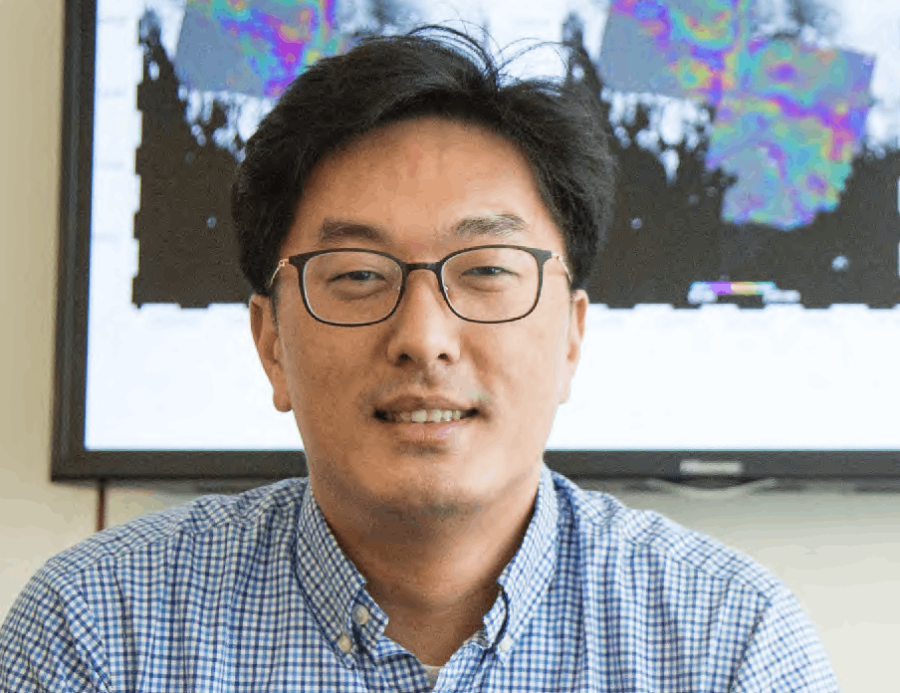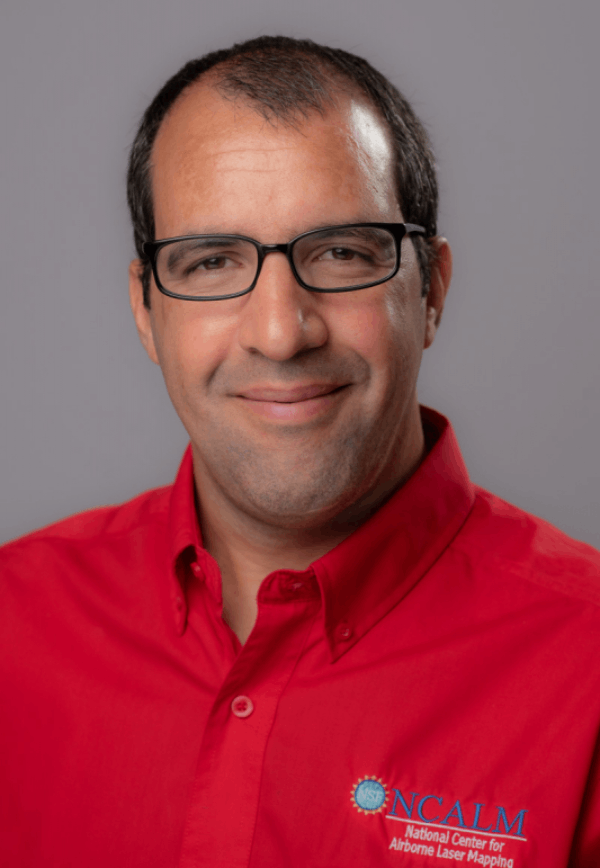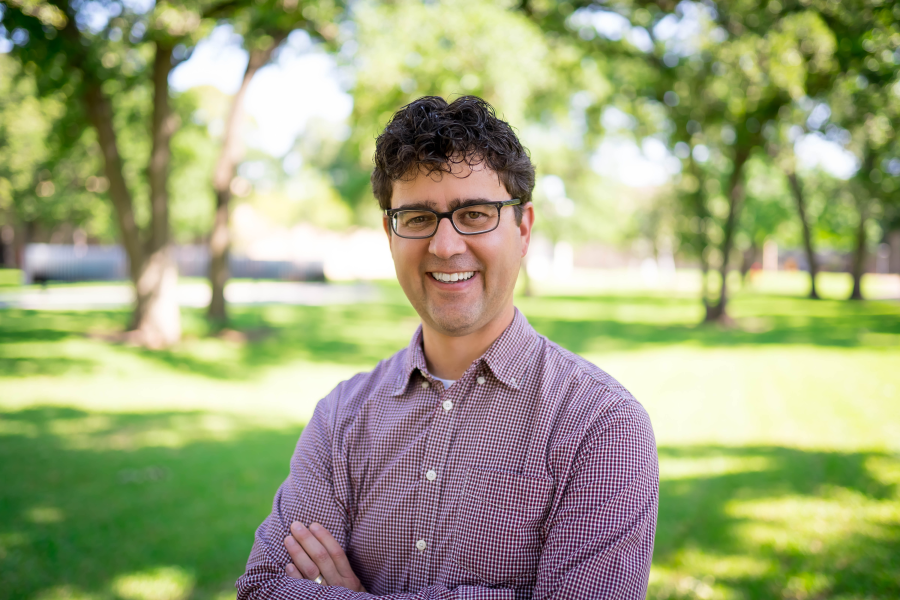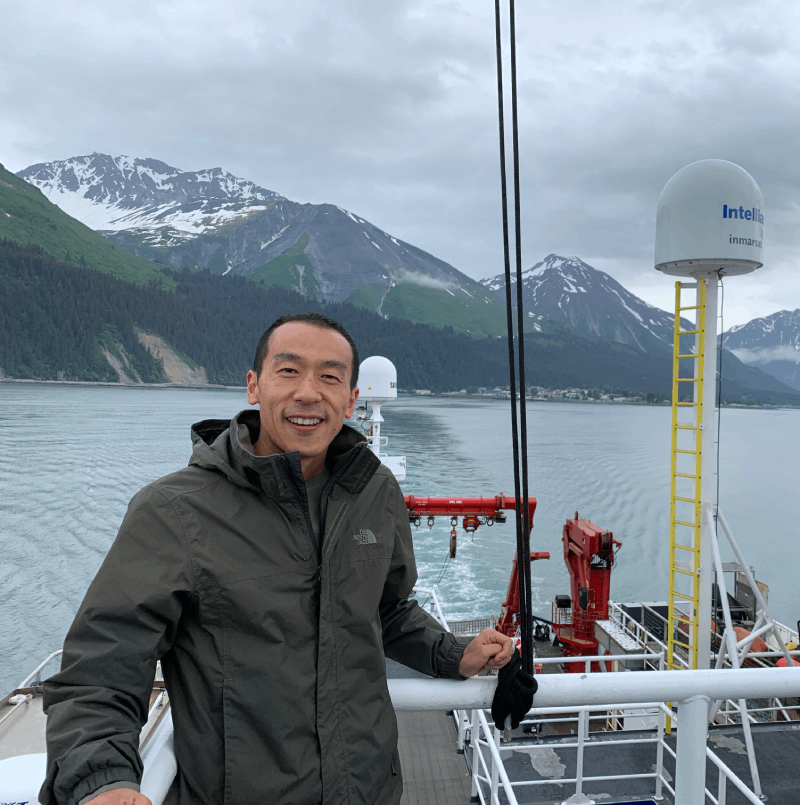Kaspar J. Willam Professor Hyongki Lee (PI) and co-PIs Hugh Roy and Lillie Cranz Cullen Distinguished University Chair Professor Craig Glennie, Research Associate Professor Juan Carlos Fernandez Diaz and Assistant Professor Surui Xie have received approval for the first $500,000 of up to $2.1 million over the next five years from the National Geospatial-Intelligence Agency (NGA) to enhance the Geosensing Engineering and Sciences (GSES) graduate program, which is part of the National Center for Airborne Laser Mapping (NCALM) in the Department of Civil and Environmental Engineering.
Geodesy is the science of measuring and understanding the Earth’s shape, gravity field, and rotation over time to provide a stable reference frame for positioning, navigation, and Earth system monitoring.
It plays a critical role in everything from autonomous vehicles to aircraft navigation and smartphone operation; geodesy supports modern science and society by enabling sustainable infrastructure, reducing disaster risks, and helping build resilient cities in a rapidly changing world.
“Geodesy is a very interdisciplinary field,” said Lee et al. “It connects with many important areas — such as climate science, navigation, hydrology, seismology and space science. Students trained in geodesy can apply their skills to a variety of career paths. We want to build a community of students and researchers who are passionate, well-trained, and ready to help solve real-world problems through geodesy.”
“With this support from the NGA, we aim to expand geodetic education, research, and outreach to produce the next generation of highly skilled geodesists. The motivation came from the growing need to train new geodesy experts in the U.S., as the current workforce is aging and the number of new professionals is declining although geodetic science is becoming increasingly critical. UH is in a good position [to do so] with its strong diversity and existing strengths in geodetic science, engineering, and its diverse student pipeline,” they added.
“By training students with both advanced technical expertise and strong communication skills, we hope to prepare well-rounded geodetic professionals who can contribute to science and also help promote awareness and interest in geodesy among the next generation.”
The project’s short-term goals include supporting several PhD students, engaging dozens of undergraduate and master’s students in geodesy research, and delivering impactful outreach to hundreds of students each year through courses, seminars, and community activities.
Long-term, the team seeks to establish UH as a national and international hub for geodesy education and research, producing technical and scientific leaders as well as broadening participation by involving more Houston students from diverse backgrounds. They also hope to further strengthen partnerships with federal agencies like NGA, NASA, DoD and NOAA by contributing to their missions in Earth observation, navigation, AI and disaster reduction, and believe that geodesy will become a core component of geospatial research and education at UH.
“The GSES program already has strengths in related fields, and this award gives us the opportunity to expand further - into topics like quantum sensors, satellite gravimetry, GNSS reflectometry, and marine geodesy. We hope to train future leaders in geodesy and also make UH a place where students from all backgrounds can learn and contribute to this important science. Our goal is to grow both technically and socially — by building strong academic research and meaningful community impact.”



